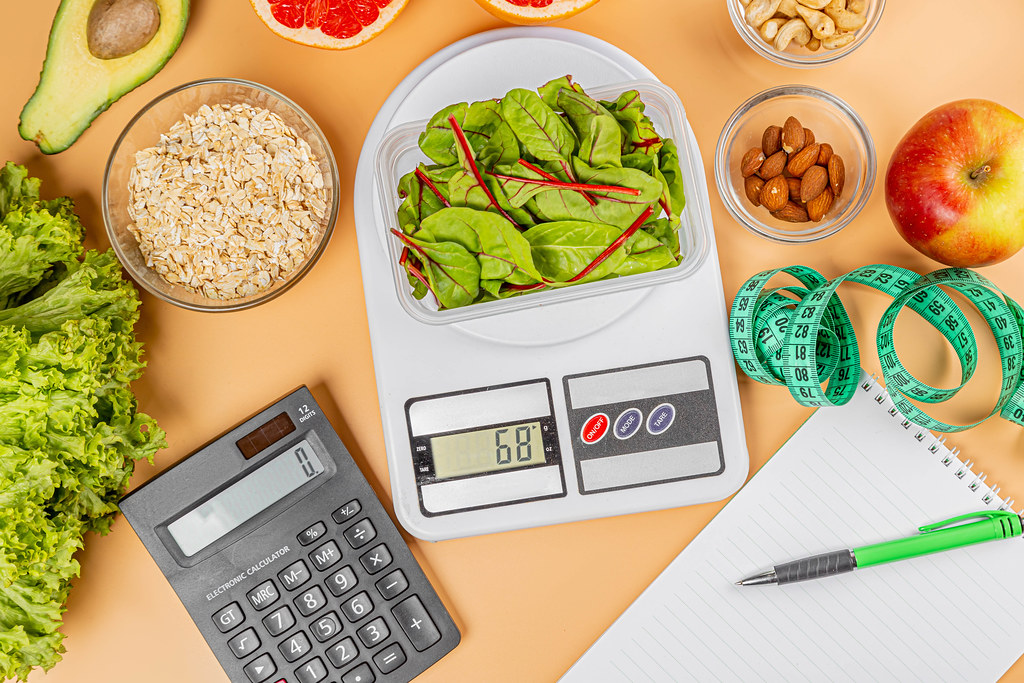Introduction:
Starting your weight management journey? Great! Handling weight loss, gain, or just keeping things stable requires accuracy. Good news – we’ve got the perfect calorie calculator for you. In this guide, we’ll explore the essentials of calorie counting for various fitness aims. You’ll get tips to customize your plan, fitting just right. Whether you’re aiming to lose weight, build muscle, or maintain a healthy balance, our calorie calculator is your go-to guide. Ready to jump in?
Calorie Calculator
Calorie Calculator for Losing weight:
If you want to lose weight, calculate the amount of calorie that you need from the calculator above. Then subtract by 500 to lose 1 pound of weight in one week. Let’s give you an example. Suppose Dip wants to lose weight. He calculated his calories needed to maintain his weight, which is 2600 calories. If he wants to lose 1 lb in one week, he needs to consume 2100 calories everyday. If he wants to lose 2 lbs of weight in one week, he needs to consume 2600-(500X2) = 1600 calories a day. Did you get the idea?
Calorie Calculator for Gaining Weight
If you want to gain weight, calculate the amount of calorie that you need from the calculator above. Then add 500 with the value to gain 1 pound of weight in one week. Let’s give you an example. Suppose Dip wants to gain weight. He calculated his calories needed to maintain his weight, which is 2600 calories. If he wants to gain 1 lb in one week, he needs to consume 3100 calories everyday. If he wants to gain 2 lbs of weight in one week, he needs to consume 2600+(500X2) = 3600 calories a day. Did you get the idea?
Calorie Calculator for Maintaining Weight
Now in that case, you really don’t have to do anything. Just use the calculator above to get an accurate idea.
Note: Calorie counts vary individually; the calculator provides an estimate tailored to general guidelines, not personalized specifics.
Not Sure About Body Fat Percentage?
Don’t worry if you are not sure about your body fat percentage. See the images below.


Why Calorie Calculator For Weight is Important?
Understanding how a calorie calculator aids in weight management is key. It really helps people see clearly what they need to eat to hit their health targets. With its smart advice, making food choices gets a lot easier and more precise. It’s like having a personal guide for your diet. This tool points you in the right direction, making navigating through your dietary options less confusing. Using a calorie calculator means you can customize your eating plan. Whether you’re looking to lose weight, bulk up, or just stay healthy, it’s got you covered. Basically, it becomes your go-to partner in carving out a healthier and well-balanced life. It’s all about making choices that you can stick with for the long haul.
Calorie Counts of Some Day-to-Day Foods
Below is a table containing 20 day-to-day foods, their serving sizes, and corresponding calorie counts. Please note that the calorie counts are approximate and can vary based on factors like preparation methods and specific brands.
| Food | Serving Size | Calories |
|---|---|---|
| Chicken Breast | 3 oz (cooked) | 165 |
| Brown Rice | 1 cup (cooked) | 215 |
| Broccoli | 1 cup (steamed) | 55 |
| Salmon | 3 oz (cooked) | 180 |
| Quinoa | 1 cup (cooked) | 222 |
| Spinach | 1 cup (raw) | 7 |
| Sweet Potato | 1 medium | 103 |
| Eggs | 2 large | 143 |
| Greek Yogurt | 1 cup | 150 |
| Almonds | 1 oz | 160 |
| Avocado | 1/2 medium | 120 |
| Oatmeal | 1 cup (cooked) | 150 |
| Banana | 1 medium | 105 |
| Apple | 1 medium | 95 |
| Carrots | 1 cup (raw) | 52 |
| Cottage Cheese | 1/2 cup | 110 |
| Whole Wheat Bread | 1 slice | 80 |
| Ground Beef (90% lean) | 3 oz (cooked) | 180 |
| Black Beans | 1 cup (cooked) | 220 |
| Strawberries | 1 cup | 50 |
Remember to adjust serving sizes based on your specific dietary needs and goals.
Calorie Counts of Some Diet-Friendly Foods
Here’s a table containing 20 diet-friendly foods, along with their serving sizes and approximate calorie counts. Keep in mind that these values can vary based on factors like preparation methods and specific brands.
| Food | Serving Size | Calories |
|---|---|---|
| Grilled Chicken Breast | 3 oz (cooked) | 165 |
| Cauliflower Rice | 1 cup (cooked) | 25 |
| Kale | 1 cup (raw) | 33 |
| Shrimp | 3 oz (cooked) | 84 |
| Chia Seeds | 2 tbsp | 138 |
| Zucchini | 1 medium | 33 |
| Lean Turkey | 3 oz (cooked) | 135 |
| Greek Salad (no dressing) | 1 cup | 120 |
| Blueberries | 1 cup | 85 |
| Cucumber | 1 medium | 23 |
| Egg Whites | 3 large | 51 |
| Asparagus | 1 cup (cooked) | 27 |
| Cottage Cheese (low-fat) | 1/2 cup | 90 |
| Bell Peppers | 1 medium | 25 |
| Watermelon | 1 cup | 46 |
| Tofu | 3 oz (cooked) | 70 |
| Mixed Greens Salad | 2 cups | 20 |
| Quinoa | 1/2 cup (cooked) | 111 |
| Raspberry | 1 cup | 65 |
| Celery | 1 stalk | 6 |
These diet-friendly foods can be incorporated into various meal plans to support your health and fitness goals. Adjust serving sizes based on your specific dietary requirements and preferences.
Conclusion
Choosing to watch your calories is a powerful way to make smarter food choices. Think of it this way: every meal is a chance to get closer to your fitness dreams. And guess what? Being consistent is key to success. Start your path with a big smile, knowing each meal is a step forward. Plus, using a calorie calculator is like having a secret weapon. It helps you track what you eat with incredible accuracy. And that means staying on track toward a healthier life becomes easier. Just customize your plan, stick with it, and see the amazing results of eating mindfully. Ready to start this nutrition journey? Remember, every single calorie matters in building a healthier and fitter you. Here’s to a balanced, health-focused adventure that lasts.









[…] Caloric tracking serves as a compass in navigating the complex landscape of energy balance. Understanding the interplay between calorie consumption and expenditure empowers individuals to fine-tune their weight with precision, fostering a sustainable relationship with food. […]